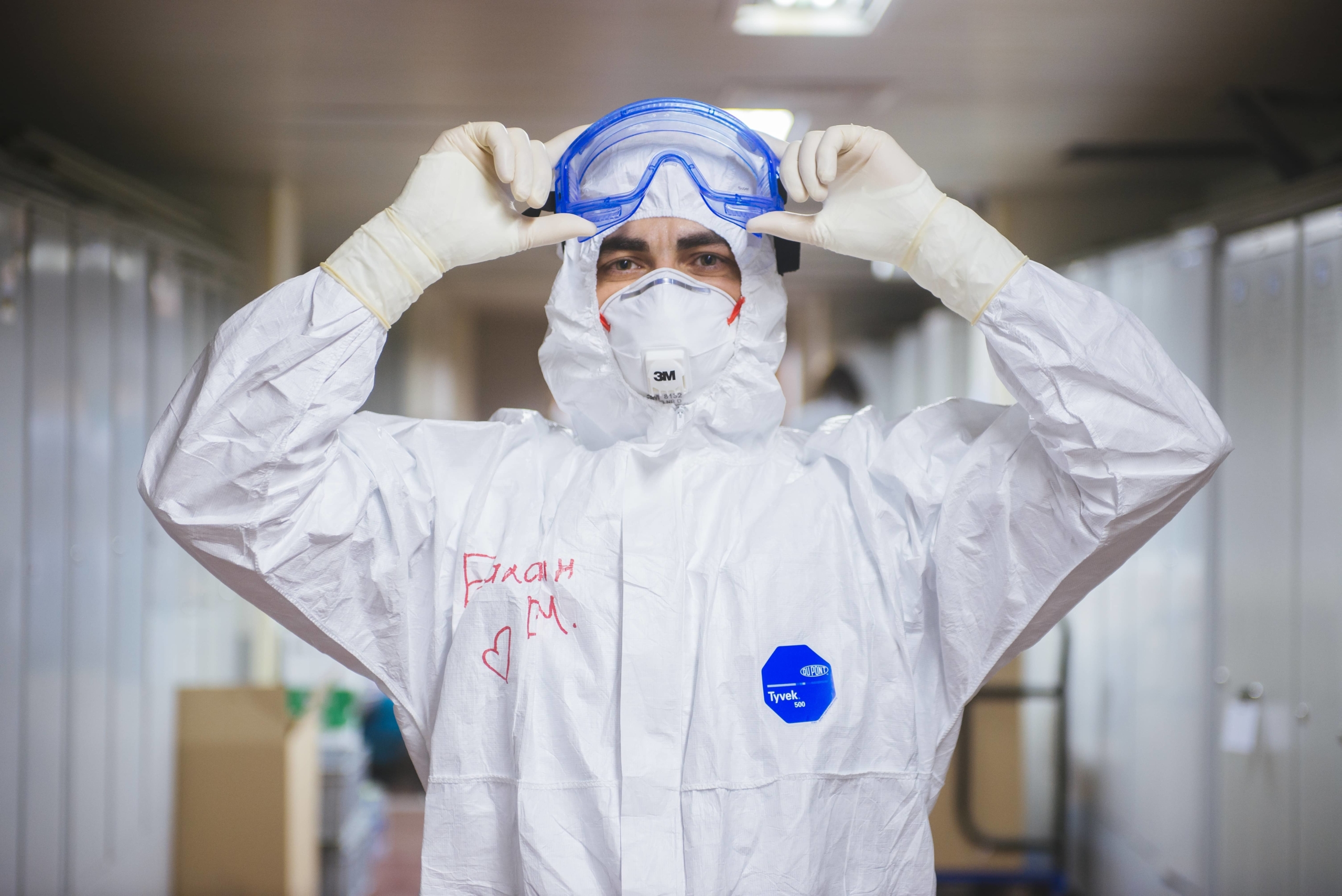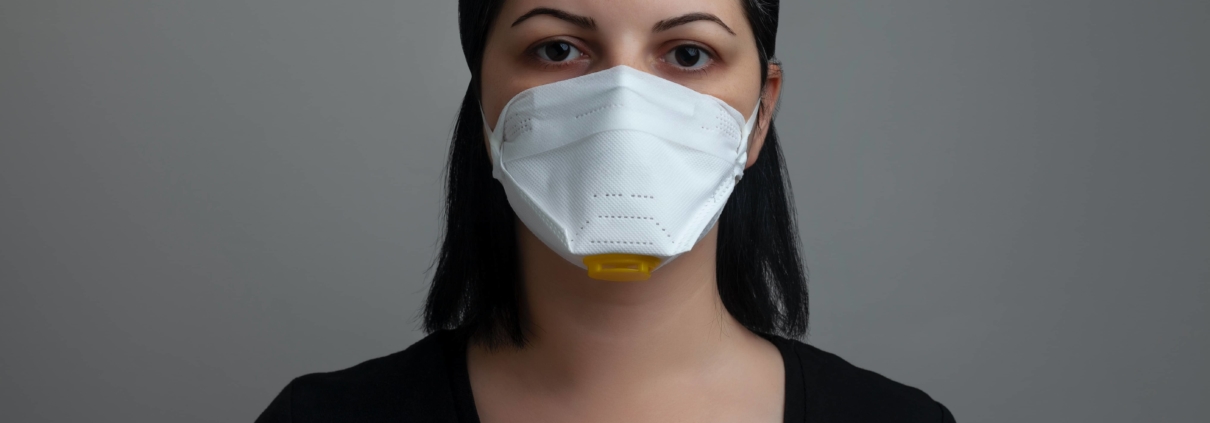Ontario now has more targeted requirements to use N95 masks at long-term care homes and hospitals
As the COVID-19 virus has continued to evolve during the pandemic, so too has the provincial response to it. Increasing case counts and hospital admissions at different points in time have forced the provincial government to make changes to the way that it has responded. Originally, at the beginning of the pandemic, it was largely Ontario’s municipal governments (specifically local medical officers of health) that were tasked with deciding what restrictions to use. However, in October of 2020 the Ontario government announced that it was making masks and face coverings a requirement to access indoor public spaces. This meant that indoor public spaces like many accommodations, businesses, services, and workplaces were affected. There were some exemptions for children under two, those with a medical condition, or people engaging in certain activities. This mask mandate was very general though, in the sense that it did not really indicate exactly what sort of mask or face covering should be used. Recently, with the spread of the Omicron variant of COVID-19, the Ontario government has started to make more specific suggestions and even requirements on what types of masks people should be using.
What Exactly has Changed in Ontario Regarding Masks, due to Omicron?
For starters the Ontario government has begun to advise people that the types of masks that they were wearing before Omicron may not be enough to efficiently protect them from this variant. People have been told that they may want to double up on masks, get masks with better thread counts or even use an N95 respirator. Using an N95 respirator is one of the best ways that someone can protect themselves and those around them. Even using something similar like a KN95 or any other N95 alternative can be a more effective way to protect yourself against Omicron. The mask mandate regarding indoor areas is still in effect, but now something has changed for long-term care facilities and hospitals. Effective December 22, 2021, employees working around patients and residents that either have COVID-19 or might have it, must now follow specific guidelines pertaining to the protective equipment that they must wear.
What do Regulated Health Professionals and Health Care Workers have to Wear now?

Firstly, all regulated health professionals and health care workers must now use “a fit-tested and seal-checked” N95 respirator. Depending on supply, alternatives may be approved for use. They must also use a form of eye protection, a gown and lastly gloves. These employees must always have access to these forms of personal protective equipment (PPE). Their place of work cannot deny them access to “a fit-tested and seal-checked” N95 respirator.
Why do they have to Wear this Equipment now Compared to before?
There are likely a few major reasons why the Ontario government feels the need to ramp up its requirements in hospitals and long-term care homes. The large, overhanging reason that affects everything else is the Omicron variant. The Omicron variant of COVID-19 is a lot more transmissible than other strains of the virus. This is largely due to how easily it can pass from one person to another through the air. Omicron has forced people to reconsider their mask and face covering choices, and in this case the Ontario government has deemed it necessary that health professionals and healthcare workers use these pieces of equipment going forwards. Omicron has affected more people than any variant before it, and this also includes the health professionals and healthcare workers of Ontario. They are particularly susceptible to being around people with Omicron, and if they were to catch it, then it could be problematic for a few reasons. Firstly, they would become infectious and they might pass it on to other patients or residents that they work around. Patients in hospitals or residents of long-term care facilities tend to fall into a demographic that is most at risk when they contract COVID-19, due to having other health complications. There is also a correlation between age and the severity of a COVID-19 infection, as those of an older age tend to have an increased chance to have worse symptoms, end up in the hospital, or die. Secondly, health professionals and healthcare workers that contract COVID-19 will take time away from work. This may not seem like a huge issue at face value, but it is actually a very large problem. In a sector that is already suffering a shortage in staff because many have left, those that are left behind have ended up taking on more responsibilities. For example, patient load for nurses has increased, or in other words the number of patients that a nurse will see in one shift has seen a spike. Any more staff shortages will become very problematic, as there will not be enough people to properly run some facilities. This is a very important reason why the Ontario government is concerned about protecting the health professionals and healthcare workers that are left. Hopefully, with better protection from equipment, less people will get sick and have to take time away from helping the most at risk. Finally, Ontario is making plans to reopen many things, so the likelihood of more people entering hospitals will also go up. This means that there will have to be enough staff available to care for these patients. The phrase going around right now is that we must “learn to live with COVID-19”, and these enhanced protective measures are Ontario’s attempt at maintaining a measure of control over that process. As long as the response to COVID-19 can be balanced, then it will be easier to facilitate a reopening. When these new measures will end is unknown, as it will largely rely on how the pandemic plays out over the long run.
What is “a Fit-tested and Seal Checked” N95 Respirator? How is it different From a Regular N95 Respirator?

“A fit-tested and seal checked” respirator is quite simply an N95 respirator that has undergone a certification process to test a particular make and model mask (ie 3M 8210, Makrite Sekura, 3M 6500 series, etc) seals properly to an individual’s face, to create a proper seal. This is done by using a mask fit test certification and validation process to determine if there is any leakage. If there is leakage, then a proper seal has not been created, and the N95 respirator, for example, is not operating at its maximum potential. Things like having facial hair or constantly fiddling with an N95 respirator can affect a proper seal.
Mask fit testing can be done by using a quantitative fit test method, or by using a qualitative fit test method. A quantitative method involves measuring the amount of leakage by using a machine/computer, like a Portacount, and it can be a very time-consuming process. A qualitative method will have a wearer taste a solution to detect if there is a leak or break in the seal.
First, an individual’s sensitivity (how well they can detect the testing agent) is determined and then the mask is fitted and the seal is checked. It is important that a respirator that has been fit-tested only be used by the person that the test was done on, as that respirator will only create a proper seal on that individual’s face. For example, using an N95 respirator that has been fit-tested is the best way to wear one, and that is why it is entirely essential that health professionals and healthcare workers have access to them and wear them.
Where can I get a Mask Fit test?
Mask fit testing should always be done by trained staff or by an appropriate certified mask fit testing organization. Luckily for you we are just that! You can click here to learn all you need to know about our qualitative mask fit testing and how to sign up. We also offer a great variety of masks and respirators to support your corporate health and safety respiratory protection needs where you can purchase an N95 masks and reusable respirators.





Leave a Reply
Want to join the discussion?Feel free to contribute!